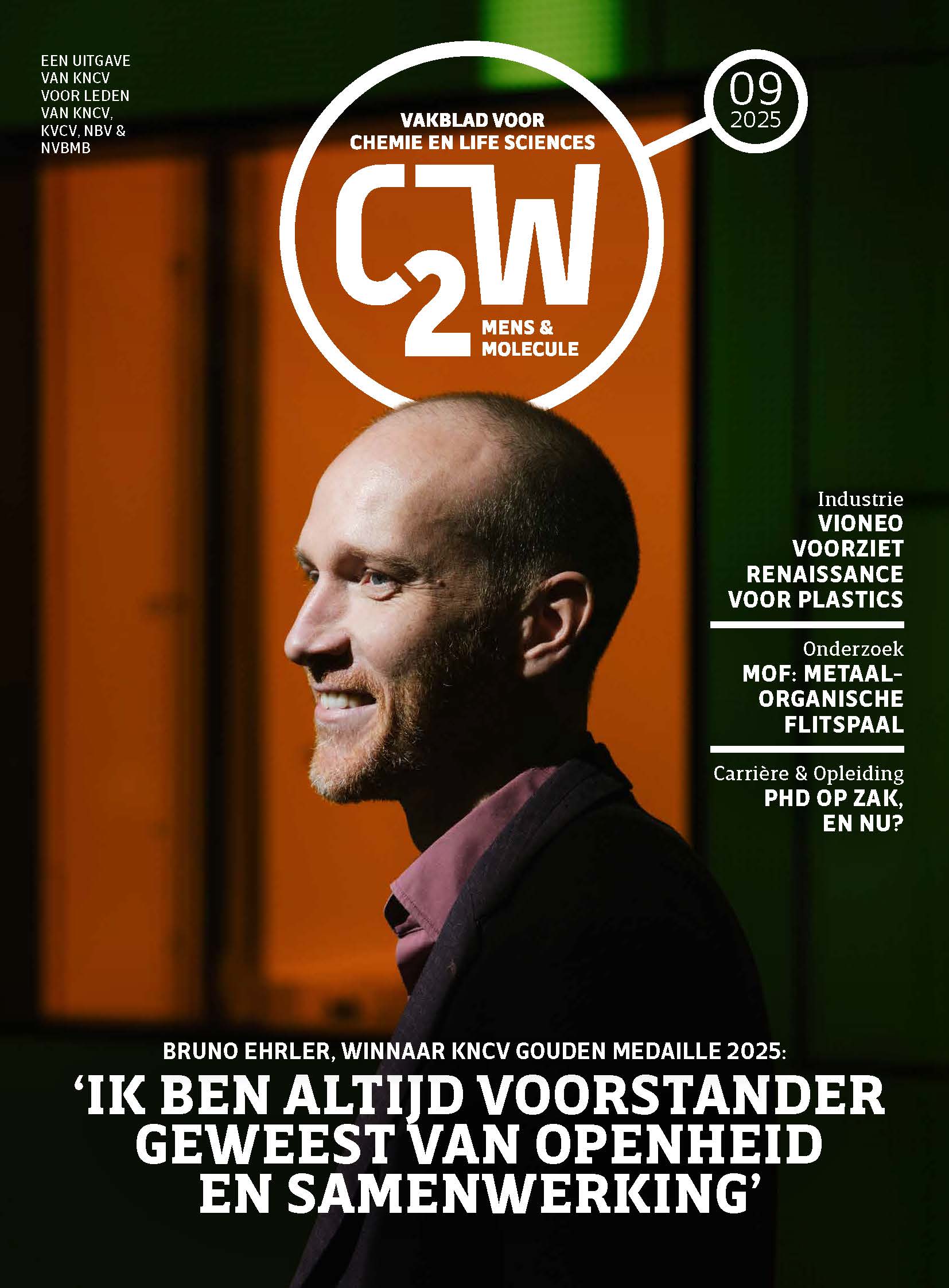Would you like to add an event to this list? Simply register your event using this form.
Exploring the feasibility of biopolymers as potential carriers in the formulation of amorphous solid dispersions - Gelatin 50PS & BSA

Category
Ph D Defense
Date
2020-08-26 17:00
Venue
KU Leuven, Aula van de Tweede Hoofdwet, 1.02 - Kasteelpark Arenberg 41
3001 Heverlee, Belgie
3001 Heverlee, Belgie
Promovendus/a: Timothy Pas
Promotor(en): Prof. dr. Guy Van den Mooter
Adequate aqueous solubility of active pharmaceutical ingredients (APIs) is a crucial factor for therapeutic effectiveness. Indeed, when a drug cannot dissolve, low and erratic absorption from the gastro-intestinal (GI) tract and hence low bioavailability will be the result. Today, it is estimated that more than fifty percent of the new potential APIs are exhibiting poor aqueous solubility/dissolution rates. This presents a challenge for pharmaceutical scientists, as many new chemical entities (NCEs) are abandoned early in the development phase unless there is a reasonable approach to modify or formulate these APIs. Over the past decades, many different formulation strategies have been developed to overcome the solubility problem for these poorly water soluble APIs. Since poor solubility can frequently be related to a drug’s strong crystal lattice (= long range order of molecules), tearing it down into “separate” molecules without this long range order (also called amorphization) is one of the options. On their own, however, amorphized drugs are not stable and crystallization is always lurking. As a result, amorphous drugs are (almost) never used as such but are molecularly dispersed in an inert carrier in the solid state which is called the formation of an amorphous solid dispersions (ASDs). The presence of such carriers is necessary to improve the stability of the amorphous APIs. Moreover, the carrier also plays an important role in maintaining supersaturation and in inhibiting precipitation following ASD-dissolution in the GI-tract. In most cases, hydrophilic (semi-)synthetic polymers or a combination of (semi-)synthetic polymeric materials are selected as carriers for ASDs as is evident from a large number of studies reported in scientific literature.However, and maybe surprisingly, in contrast to (semi-)synthetic polymers, biopolymers (e.g. proteins, polysaccharides, etc.) have rarely been used as carriers in the formulation of ASDs despite their possibly very promising nature. This is evident for plasma proteins like e.g. albumin which, in pharmacokinetics, have already been widely studied for their drug-biopolymer binding interactions. Most likely, the introduction of biopolymers as carriers has been hampered by their limited stability, especially when exposed to harsh environmental conditions that potentially can result in chemical degradation (e.g. fragmentation, deamidation, hydrolysis or oxidation) and/or physical instability (aggregation, precipitation, conformational changes or denaturation). In fact, many biopolymer-unfavourable conditions (heat, shear stress) can be frequently encountered during common ASD-manufacturing processes such as spray drying, hot-melt extrusion, milling or freeze drying. Hence, a thorough investigation to understand the relationship between processing and physicochemical properties or micro-structure of the biopolymers and the poorly soluble drugs at the molecular or bulk level was required.
Based on the above rationale, this PhD-project explored whether biopolymers could be feasible carriers to prepare amorphous solid dispersions. In spite of this, the present research project addressed the feasibility of gelatin (50PS) and BSA as model carriers in order to understand the role of formulation and process factors/parameters. In addition, their outcome is also bench marketed against already established (semi-)synthetic polymers (HPMC, PVP, (Soluplus®) and PVPVA). Moreover, to be widely applicable, twelve structurally different, poorly soluble (= BCS Class II), model drugs were selected: carbamazepine, cinnarizine, diazepam, itraconazole, nifedipine, indomethacin, darunavir, ritonavir, fenofibrate, griseofulvin, ketoconazole and naproxen. This enabled the collection of knowledge that is broadly applicable. It was investigated whether (and how) the above mentioned model carriers could reversibly bind the model drugs, stabilize supersaturated drug solutions, be processed (biopolymer-compatible manufacturing techniques), result in ASDs (relevant production- and process parameters) and if they are prone to digestion. In the end, this resulted in a critical review of all collected data which tackled the million dollar question whether or not biopolymers (could) have the potential to become valuable alternatives compared to the already established (semi-)synthetic carriers within the ASD community. As will become apparent, still some work has to be done. Therefore a sneak peek into some preliminary data and future prospects for follow-up research are also highlighted.
All Dates
- 2020-08-26 17:00
Powered by iCagenda

